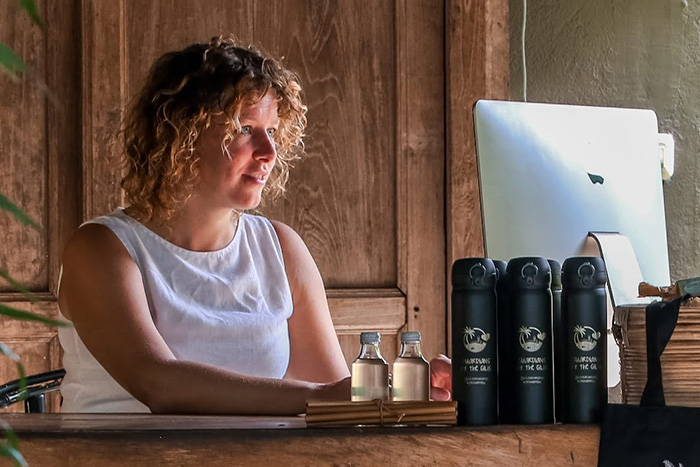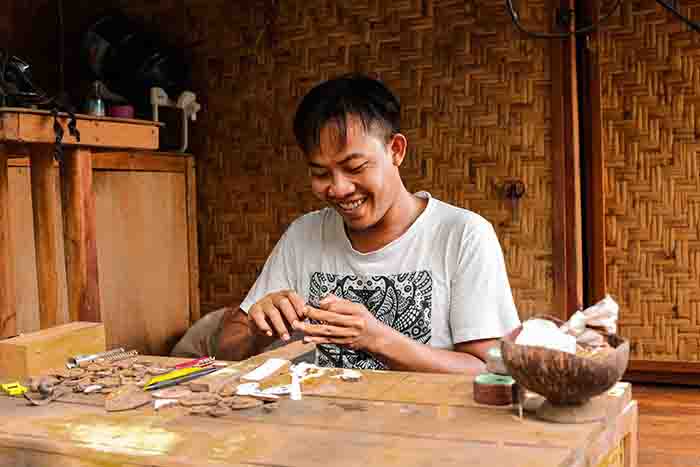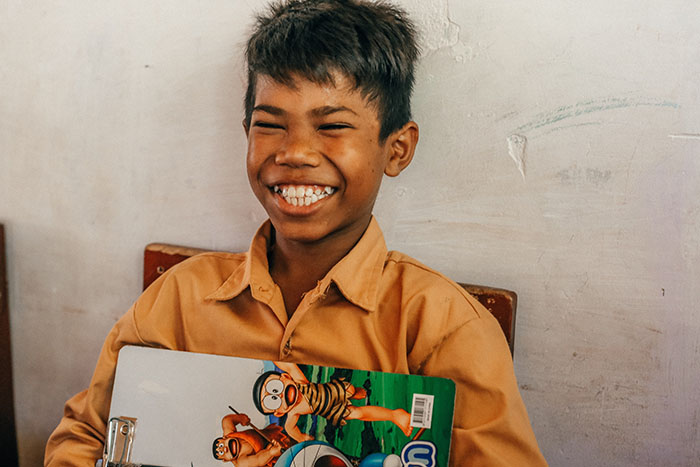Tailor-made travel
Welcome to Gili Travel Agency, your trusted partner in crafting unforgettable Indonesian adventures.
Founded by a passionate team of both local and international travel enthusiasts, we are committed to delivering personalized travel experiences that go beyond the ordinary.
With years of expertise and a deep love for Indonesia, we blend local insights with global perspectives to create unique, tailor-made journeys.
Gili Travel Agency
Welcome
Ask Julie

Julie, our co-founder, brings years of travel and scuba diving experience. She has traveled the world, falling in love with Indonesia, especially the tranquil island of Gili Air. Julie’s passion is to help you discover Indonesia in a way that’s meaningful and personal. Ask Julie what your tailor-made holiday in Indonesia could look like!
Our beliefs

At GiliTA, we believe that travel should be a balance of discovery and relaxation. Our aim is to provide you with the freedom to explore while offering the support and guidance you need for a worry-free experience. We respect the local culture and environment, promoting eco-responsible tourism that benefits both the traveler and the community.
Our commitment

At GiliTA, we are committed to sustainable travel and giving back to the community. We proudly donate to the Soraya Foundation, which supports the local school on Gili Air, plants trees annually in pursuit of carbon neutrality, and helps the islanders achieve a zero-waste dream. Additionally, we support the Kantor Desa’s ceremonies and other local initiatives that enrich the community.
HOW DOES IT WORK?
Initial Consultation
We start by discussing your passions, budget, and preferred ways of travel. You can fill out our questionnaire, meet a GiliTA team member in person, or have a Skype session.
Travel Proposition
Receive a tailor-made travel proposal designed just for you. Accept it as is, or work with Julie to further refine the details.
Booking
Julie will book all your hotels, guides, and transport, consolidating all booking confirmations into your personalized road book.
Personalized Guide
Receive your worry-free holiday guide, complete with hotel bookings, transport details, and Julie’s invaluable tips and tricks.
On-Trip Support
Enjoy continuous support and guidance via WhatsApp, email, and Skype throughout your journey.
Post-Trip Debrief
After your holiday, we’ll gather your feedback and discuss your experience to continually improve our services.
START YOUR JOURNEY
Explore Indonesia with a personal touch. Fill out our questionnaire and start planning your tailor-made adventure.
At GiliTA, we strive to create a holiday that is as beautiful, delicious, exciting, and filled with emotions and love as life itself.
Our Unique Offerings
Tailor-Made Travel
Personalized itineraries based on your interests and passions.
Group Travel
Expertly organized trips for groups, including team-building and corporate incentives.
Scuba Diving Adventures
Dive into Indonesia’s stunning underwater world with the guidance of our experienced scuba instructors.
Wellness Travel
Rejuvenate your mind, body, and soul with our specialized wellness retreats.
